This week we’ve been reading Rosie’s Walk by Pat Hutchins. The wonderful illustrations in the story are full of patterns, repeating patterns and interesting shapes. The main character, Rosie, is a hen and she has a tessellation of chevrons on her tail and this inspired us to try our own tessellation activity. The colours we used are inspired by the illustrations too. Building an understanding of the properties of shapes is a key skill in early numeracy and with this investigation you also end up with some beautiful artwork. A tessellation is a pattern that is made by fitting shapes together, without any gaps.
For this Easter Tessellation Activity you will need:
- Ruler
- Sharp Pencil
- Scissors
- Coloured card (we used red, orange and yellow)
- Glue stick
- Plain paper or card to stick onto
I pre-cut squares of red, yellow and orange card and we talked about the shapes and how they could fit together. Burt played with the shapes and quickly covered the page without any gaps.
Once Burt had finished playing with the shapes in various patterns and orders we stuck the squares onto the paper to create a really stunning tessellation.
Then I explained to Burt that lots of different shapes can tessellate and you can play with shapes to make different tessellations. We took a square and I drew two triangles on the bottom right and left corners.
Then I cut along the lines, but in order to ensure that the shape we were creating tessellated I moved the triangles to the top of the square.
Then I drew a small triangle on the right hand side of the square, cut it out and moved it across to the left hand side of the square.
We had created a chicken! By playing around with paper like this you can create all kinds of shapes that will tessellate. I then gave Burt lots of the chicken shapes in red, orange and yellow and he started to piece together the tessellation. For older children you could create one template out of card and then ask your child to draw around the template to create the tessellation on paper and they can then colour the shapes in.
I absolutely love this tessellation and it works so well using the colours from Rosie’s Walk.
This activity works for any age as you can keep extending the difficulty. You can ask your children to investigate triangles, quadrilaterals, hexagons. For older children you can ask them to draw the shapes that they are working with and get them to use protractors to measure angles. Accurately drawing shapes and measuring angles is not easy and it takes practise so why not practise by doing a fun activity like creating a tessellation? I love activities like this as children can learn so much without ever realising that they are actually ‘working’!
You can even extend a project like this out to look at an artist like M. C. Escher, who created incredible tessellations and art with its foundations heavily in mathematics. Watch this film with your children to get them really excited about the possibilities and to show that maths is everywhere and totally amazing!
Have you been inspired by a book to craft, go on an outing or do an activity this week?
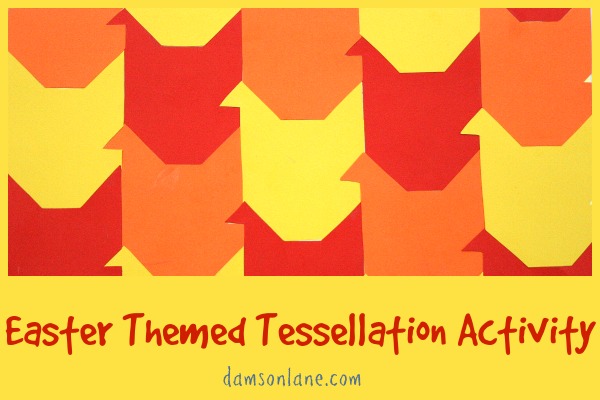
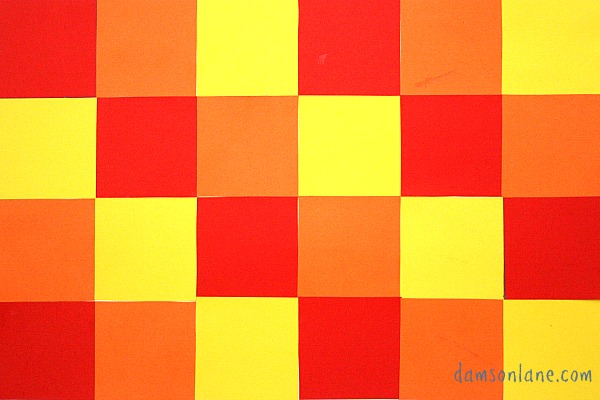


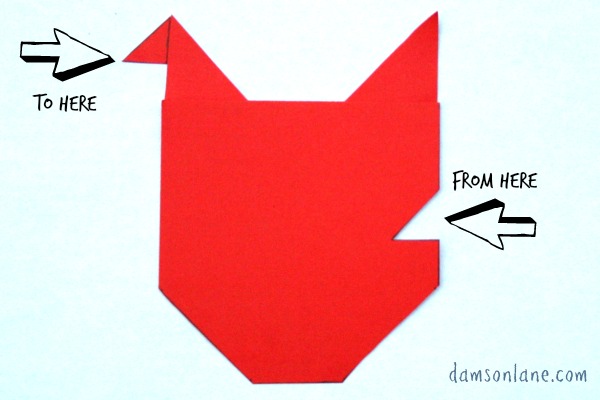
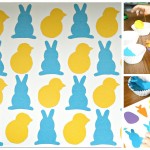
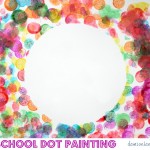
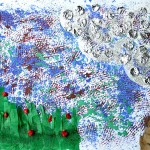

Loving the chicken!